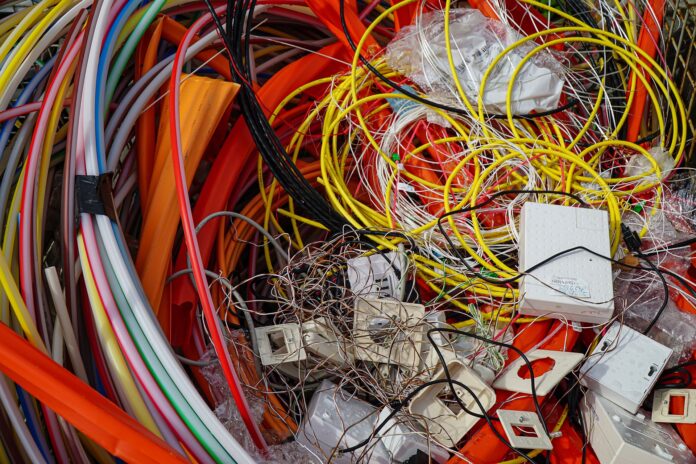Renewable energy is defined as any source of energy that comes from natural and renewable resources. There are a whole bunch of renewable sources of energy such as sunlight, wind, rain, and geothermal heat. On the other hand, electronic waste or e-waste refers to any discarded electronic device or equipment. The growth of e-waste has become a significant problem due to its negative impact on the environment. The main proponent of the increase of e-waste is the rise of digital technologies. In this article, we will explore how the adoption of renewable energy has had a positive impact on sustainable e-waste management.
The Problem of E-Waste
The production and consumption of electronic devices have increased significantly over the years, leading to the growth of e-waste. Since electronic devices are becoming more of a commodity than a luxury. And the consumption of electronic devices is increasing each year, causing an increasing amount of E-waste that needs management. Electronic devices contain hazardous materials such as lead, cadmium, and mercury. All of which can be dangerous to the environment and human health. The improper disposal of e-waste can result in soil, air, and water pollution, leading to health problems and environmental degradation. Currently, e-waste management practices are inadequate, and most e-waste is either incinerated or dumped in landfills, contributing to environmental pollution.
Renewable Energy and E-Waste Management
Renewable energy sources have become a popular alternative to traditional fossil fuels. They have many benefits, including reducing carbon emissions and providing a sustainable energy source. The adoption of renewable energy can also help manage e-waste sustainably. For instance, solar energy can be used to power e-waste recycling plants. While wind energy can be used to generate electricity for e-waste management practices. Furthermore, renewable energy can reduce the carbon footprint associated with e-waste management practices, making it a sustainable solution. At the end of the day, it is all a loop we need to decrease the consumption of resources altogether.
Case Studies
Case study: A company that uses renewable energy to manage e-waste
Several companies use renewable energy to manage e-waste sustainably. For example, Dell, a multinational computer technology company, has adopted renewable energy in its e-waste management practices. Dell’s recycling plants are powered by solar energy, and they have implemented energy-efficient practices to reduce their carbon footprint. Which works great in conjunction with their reformed product production processes to tackle environmental issues.
Case study 2: A community that has implemented renewable energy in their e-waste management practices
The city of San Francisco has implemented renewable energy in its e-waste management practices. San Francisco has a Zero Waste goal, and to achieve this goal, the city has adopted renewable energy to power its e-waste recycling facilities. The city also encourages residents to recycle their e-waste, providing them with the resources to do so. And they are also setting plans in motion to better educate people about both the problem and solutions of E-waste.
Challenges and Solutions
The use of renewable energy in e-waste management practices is not without challenges. One of the significant challenges is the initial cost of installing renewable energy infrastructure. However, the long-term benefits outweigh the initial cost. Furthermore, there is a need for adequate policies and regulations to ensure that e-waste is managed sustainably. Policymakers should also provide incentives to encourage the adoption of renewable energy in e-waste management practices. Some of the great incentives can be monetary in terms of aid or tax breaks. Another thing that needs to be done is, friction needs to be eliminated throughout the process of setting up renewable energy generation systems.
Conclusion
The adoption of renewable energy has had a positive impact on sustainable e-waste management. The growth of e-waste has become a significant problem due to its negative impact on the environment. However, renewable energy can be used to manage e-waste sustainably, reducing the carbon footprint associated with e-waste management practices. Case studies have shown that companies and communities can adopt renewable energy in e-waste management practices. Policymakers should also provide incentives to encourage the adoption of renewable energy in e-waste management practices.
And as always folks be sure to check out the Global Growth Forum and read some of the interesting and informative articles. Also, be sure to check out the Mojo Patrakar and read some of the latest articles in Hindi.









